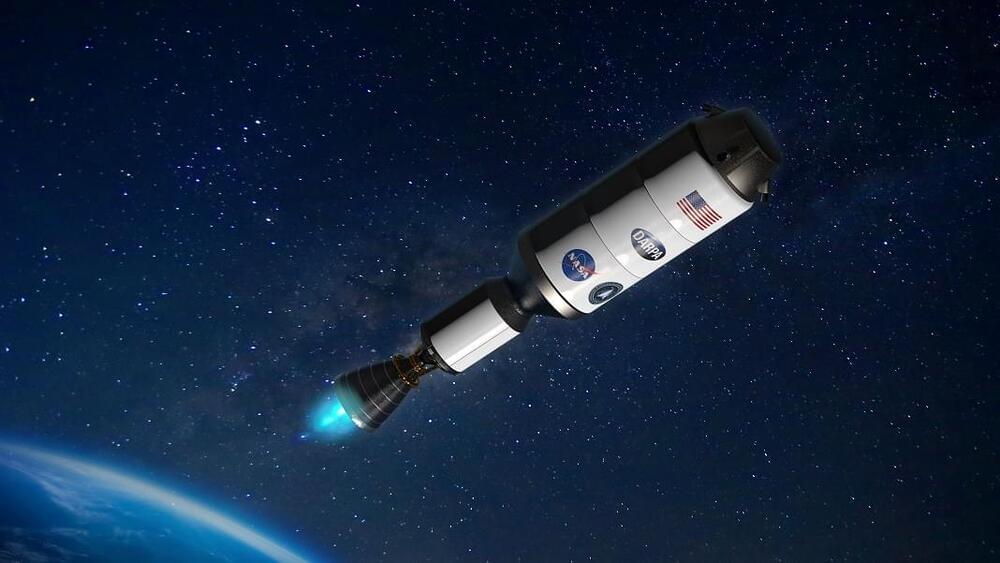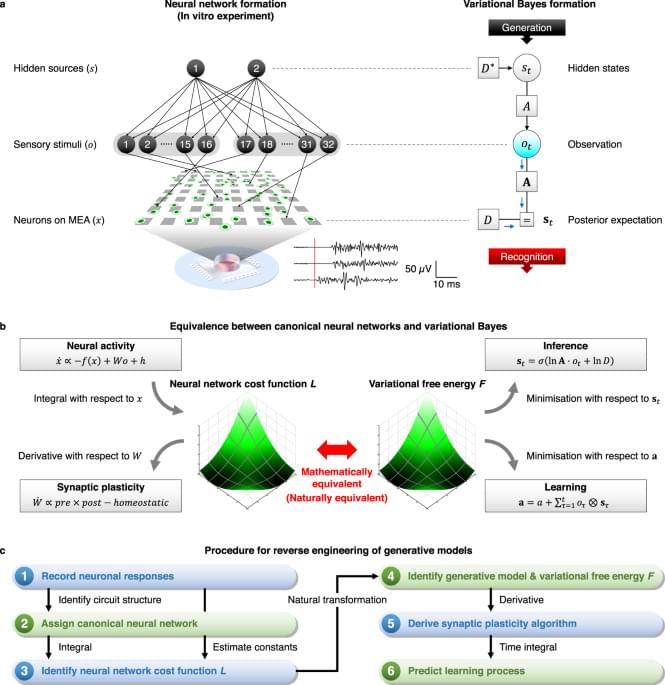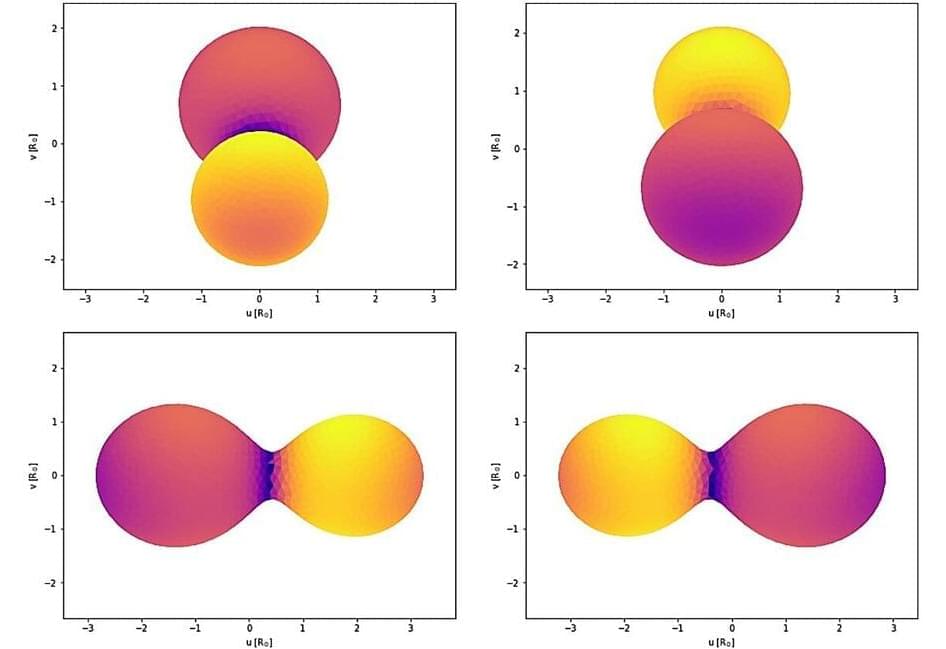Exploring a precarious reality between divergent boundaries.



Deep space is a hostile environment for humans, which makes the long journey to Mars a serious stumbling block for manned missions. A nuclear-powered rocket could slash the journey time, and NASA has announced plans to test the technology by 2027 at the latest.
Most spacecraft to date have used chemical rockets packed with fuel and oxidizer, which rely on combustion to propel them through space. A nuclear-powered rocket would instead use a fission reactor to heat liquid hydrogen to very high temperatures and then blast it out the back of the spacecraft.
These kinds of engines could be up to three times more efficient than those in conventional rockets, and could cut the time to transit from Earth to Mars from roughly seven months to as little as six weeks. NASA has teamed up with DARPA to make the idea a reality, signing a deal with defense contractor Lockheed Martin to launch a working prototype into space as early as 2025.
When Albert Einstein famously said “God does not play dice with the universe” he wasn’t objecting to the idea that randomness exists in our everyday lives.
What he didn’t like was the idea that randomness is so essential to the laws of physics, that even with the most precise measurements and carefully controlled experiments there would always be some level at which the outcome is effectively an educated guess. He believed there was another option.
This video discusses how probability is determined in quantum mechanics. Let’s play some dice with the universe and talk about it.
Join Katie Mack, Perimeter Institute’s Hawking Chair in Cosmology and Science Communication, over 10 short forays into the weird, wonderful world of quantum science. Episodes are published weekly, subscribe to our channel so you don’t miss an update.
Want to learn more about quantum concepts? Visit https://perimeterinstitute.ca/quantum-101-quantum-science-explained to access free resources.
Follow Perimeter:

Nisa and her colleagues began collecting data in 2015. In 2021, the team had accrued enough data to start examining the sun’s gamma rays with sufficient scrutiny.
“After looking at six years’ worth of data, out popped this excess of gamma rays,” Nisa said. “When we first saw it, we were like, ‘We definitely messed this up. The sun cannot be this bright at these energies.’”
The sun gives off a lot of light spanning a range of energies, but some energies are more abundant than others.

Empirical applications of the free-energy principle entail a commitment to a particular process theory. Here, the authors reverse engineered generative models from neural responses of in vitro networks and demonstrated that the free-energy principle could predict how neural networks reorganized in response to external stimulation.
Patreon: https://www.patreon.com/seanmcarroll.
Blog post with audio player, show notes, and transcript: https://www.preposterousuniverse.com/podcast/2023/08/07/ama-august-2023/
Welcome to the August 2023 Ask Me Anything episode of Mindscape! These monthly excursions are funded by Patreon supporters (who are also the ones asking the questions). We take questions asked by Patreons, whittle them down to a more manageable number — based primarily on whether I have anything interesting to say about them, not whether the questions themselves are good — and sometimes group them together if they are about a similar topic. Enjoy!
Mindscape Podcast playlist: https://www.youtube.com/playlist?list=PLrxfgDEc2NxY_fRExpDXr87tzRbPCaA5x.
Sean Carroll channel: https://www.youtube.com/c/seancarroll.
#podcast #ideas #science #philosophy #culture
The Universe we live in is a transparent one, where light from stars and galaxies shines bright against a clear, dark backdrop.
But this wasn’t always the case – in its early years, the Universe was filled with a fog of hydrogen atoms that obscured light from the earliest stars and galaxies.
The intense ultraviolet light from the first generations of stars and galaxies is thought to have burned through the hydrogen fog, transforming the Universe into what we see today.

Using a private observatory, astronomers have performed the first photometric study of a peculiar W UMa-type binary known as CSS J003106.8+313347. Results of the study, published July 27 on the preprint server arXiv, shed more light on the properties of this system.
In general, W Ursae Majoris-type, or W UMa-type binaries (EWs) are eclipsing binaries with a short orbital period (below one day) and continuous light variation during a cycle. They are composed of two dwarf stars with similar temperature and luminosity, sharing a common envelope of material and are thus in contact with one another. Therefore, they are often dubbed “contact binaries.”
Located some 4,900 light years away, CSS J003106.8+313347 is an EW with an apparent magnitude of 14.73. The orbital period of the system is estimated to be approximately 0.344 days.

One of the most actively debated questions about human and non-human culture is this: under what circumstances might we expect culture, in particular the ability to learn from one another, to be favored by natural selection? Researchers at the Max Planck Institute for Evolutionary Anthropology in Leipzig, Germany, have developed a simulation model of the evolution of social learning. They showed that the interplay between learning, memory and forgetting broadens the conditions under which we expect to see social learning to evolve.
Social learning is typically thought to be most beneficial when the environments in which individuals live change quite slowly – they can safely learn tried and tested information from one another and it does not go out of date quickly. Innovating brand-new information, on the other hand, is thought to be useful in dynamic and rapidly changing environments.
Researchers Madeleine Ammar, Laurel Fogarty and Anne Kandler at the Max Planck Institute for Evolutionary Anthropology developed an agent-based simulation model of the evolution of social learning that incorporated the ways in which animals might remember, forget, and share crucial pieces of information throughout their lives. They asked: when do the agents want to learn from others? When is it best to forget or retain information that they have learned? When is it best to innovate?

Summary: A recent study reveals that everyday pleasures like music and coffee can significantly enhance cognitive performance.
Utilizing groundbreaking brain-monitoring technology, the study examined brain activity during cognitive tests under various stimulants, including music, coffee, and perfume. Results indicated increased “beta band” brain wave activity, linked to peak cognitive performance, when subjects engaged with music or consumed coffee.
AI-generated music, in particular, showed significant performance boosts, opening new avenues for exploration.